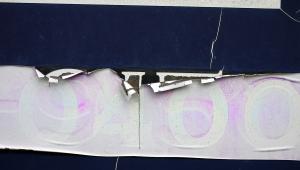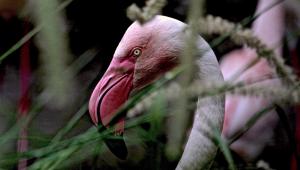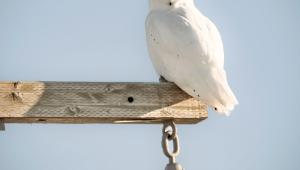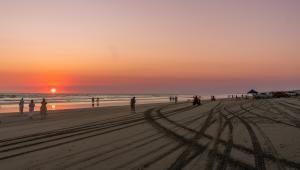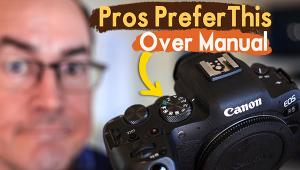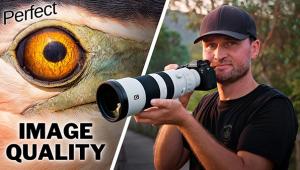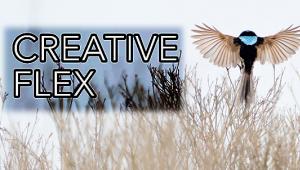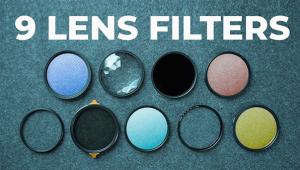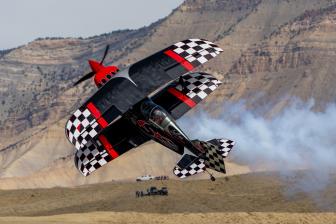photokina Special Coverage; Tripods And Camera Supports
 It
was a heady affair covering camera supports at photokina, with dozens of new
tripod tops from a variety of manufacturers. The trend is toward greater precision
and quality: increased control, with spring counterweights to balance heavy
lenses, calibrated friction control as pioneered by Novoflex, panoramic calibrations,
and quick-release plates. Some manufacturers introduced whole new ranges of
heads. The following are just a sampling of the many new products and innovations.
It
was a heady affair covering camera supports at photokina, with dozens of new
tripod tops from a variety of manufacturers. The trend is toward greater precision
and quality: increased control, with spring counterweights to balance heavy
lenses, calibrated friction control as pioneered by Novoflex, panoramic calibrations,
and quick-release plates. Some manufacturers introduced whole new ranges of
heads. The following are just a sampling of the many new products and innovations.
Possibly the finest head at the show came from Arca Swiss. It looks like an
ordinary enough ball-and-socket, except that it's upside down (the ball
goes on the tripod, the ball housing on the camera) and the lock is a ring around
the top of the ball housing. It's hard to explain just how easy it is
to use. You can use either hand, obviously, but you automatically adjust the
drag as you are moving the camera, then just as naturally you lock it down.
The secret is a triple planetary-geared lock, which accounts for the price (over
$400, though this had not been finalized at the show). Once you try it, though,
you can see where the money goes, and it looks like a bargain. It is made in
two versions, P1s ("single" with 35Þ maximum tilt) and P1d
("double" with 90Þ tilt and base pan as well as top pan).
Cullmann's Magnesit range includes six heads, and with Teutonic thoroughness,
the names of the four new ball-and-socket heads (Magnesit 10 Nm, 20 Nm, 30 Nm,
and 35 Nm) indicate their measured camera-carrying ability: see sidebar. The
other two are fluid three-way heads. Cullmann's Nm-series ball-and-socket
heads have a five-position calibrated dial which controls the drag or resistance
of the ball. For example, you might find that your rangefinder camera needs
the drag set to 2, while your SLR with the 300mm lens needs 4 or 5. Each head
also has panoramic calibrations around the base. The three-way heads and the
largest ball head have integral quick-release plates, which are optional on
the three smaller ball heads.
 |
|
|
Manfrotto's Hydrostatic ball heads also have calibrated drag control.
This is a range of six heads with maximum load-bearing capacities of 10 kg (22
lbs) to 16 kg (35.2 lbs): note that this is not the same as a Newton-meter rating.
They are lightweight, magnesium die cast, and all but one incorporates a quick-release
system. All have calibrations for panoramic shots. Manfrotto's National
Geographic Expedition series heads include calibrated friction controls, too.
A portion of the price you pay for their National Geographic-branded items goes
toward education and research.
Going back to completely new designs, SLIK's latest introduction rejoices
in the name "Goodman," but I think of it as "every which way
when it's loose." It looks like a standard pan-and-tilt head, but
when you release the top plate you have 360Þ rotation and when you release
the pan handle the head will allow the camera to be placed in any position except
upside down.
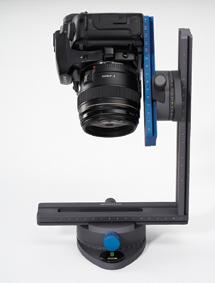 |
|
|
The popularity of panoramic shots has led Novoflex to produce a new panoramic
platform, the Q Pro. The clever part is that you can choose from 6, 8, 10, 12,
15, 18, 24, and 36 click stops, as well as 360Þ continuous, all set by
a simple twist-knob. A built-in spirit level allows leveling in two planes,
and the head incorporates the Q=Mount quick-release plate. A more complex version,
the VR (Virtual Reality) System Pro, has an L-shaped bracket incorporating a
sliding camera plate which holds the camera vertically or horizontally, allowing
rotation to be centered about the nodal point of the lens, plus dual panoramic
movement. The less complex (and less expensive) Panorama=Q has two 180Þ
scales with 10Þ divisions, again with bubble level and Q=Mount quick-release
plate.
Even Lenspen diversified into panoramas with their inexpensive (again, no price
fixed at the show) Panamatic Plus Imaging Kit. This includes a 360Þ index
plate with level, and stitching software from ArcSoft.
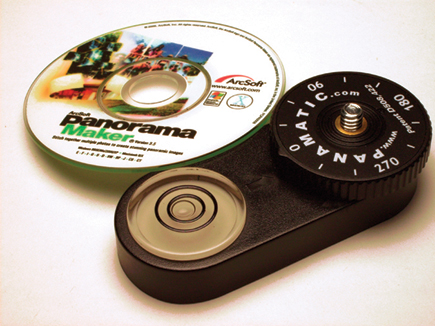 |
|
|
Velbon, Olivon, Manfrotto, and Gitzo all showed counterweighted pan-and-tilt
heads, many of which can be adapted for left-handed users. The spring counterweight
is adjustable to balance the weight of your lens or spotting scope. Telescope
users, especially bird watchers, are increasingly important to tripod manufacturers.
There were plenty of small, well made ball-and-socket heads from Benro, Giottos,
Novoflex, and SLIK, often with quick-release plates incorporated. Check out
your favorite manufacturers on the web.
Tripod Trends
Going from heads to tripods, continuing trends include lighter weight, more
comfort in carrying, improved leg locks, and greater versatility. Lighter weight
is achieved through new materials, sometimes in the whole tripod, or more often
in the boss (the yoke at the top). Early carbon fiber was sometimes brittle,
but newer generations are stronger and more rigid and often even lighter.
But carbon fiber isn't always necessary. Leg tubes for Gitzo Series 2
(Reporter) and Series 3 (Studex) tripods are optionally available in a new ultralight
alloy called Soulid 238. Contoured "leg warmers," of another new
lightweight material, are designed to rest comfortably on your shoulder and
to be easy to grip regardless of the size of your hands. Reversible center columns
are of basalt and the tripods come with a ground level set, allowing the tripod
to be used without the center column for low-level shooting.
Another very welcome Gitzo innovation is their new G-Lock, fitted to carbon-fiber
and basalt tripods. The old collar locks could be almost impossible to undo
if they were over-tightened, but the Gitzo designer who demonstrated the G-Lock
tightened the collar as far as he could and I could still undo it. He also said
that although it was not part of the design criterion, the new leg locks make
the tripod easier and faster to strip for cleaning. Gitzo's new catalog,
produced for their 90th anniversary, is superb.
 |
|
|
Benro introduced a second-generation carbon fiber, which is said to be 60
percent stronger, and also incorporated new collar locks on the legs to improve
dust-proofing and ease of operation. A couple of extremely positive, unsolicited
remarks from Benro users whom I met on the stand indicate that these tripods
are increasingly making their mark.
- Log in or register to post comments



